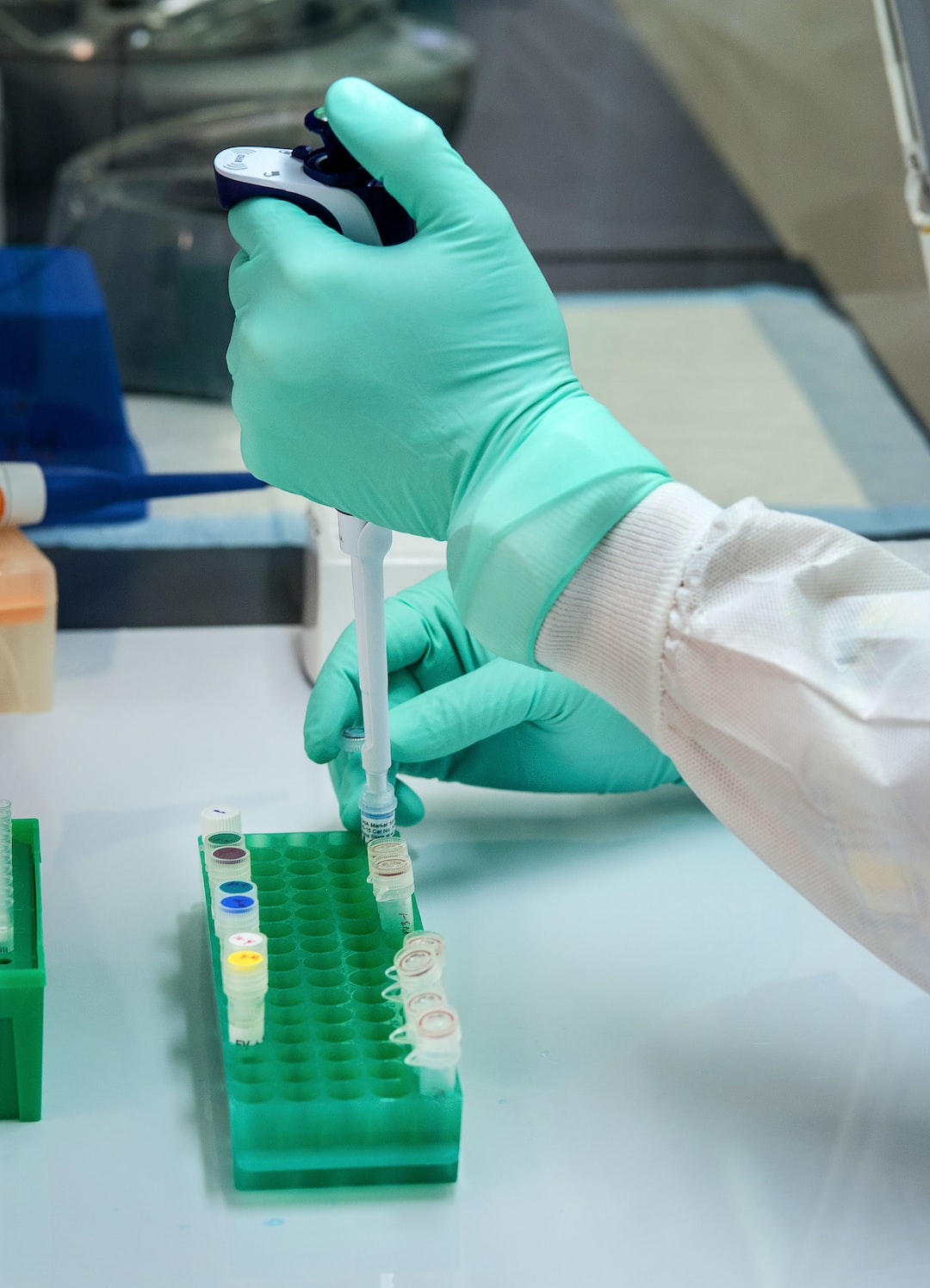The Importance of Professional Proofreading Services for Image Accuracy in Publications
In the realm of digital and print media, the accuracy and clarity of images are as crucial as the perfection of text. This is particularly true in fields like life sciences, where images play a pivotal role in conveying complex information. Professional proofreading services, often recognized for their expertise in text, are equally vital for ensuring the precision and appropriateness of images in your publications.
One of the key benefits of employing professional proofreading services is their meticulous attention to image details. Just as they scrutinize text for grammatical and spelling errors, these experts examine images for clarity, relevance, and accuracy. This is especially important in scientific publications, where the integrity of an image can make or break the credibility of the research.
Professional proofreaders are trained to assess the quality and resolution of images, ensuring that they meet the publication standards. They check for issues like pixelation, inappropriate cropping, or misalignment that could detract from the overall impact of the content. By doing so, they help maintain a high level of professionalism and polish in your work.
In addition to technical aspects, professional proofreading services also focus on the contextual alignment of images with the text. They ensure that each image is appropriately captioned and that its placement enhances the understanding of the accompanying text. This is crucial in conveying complex ideas, particularly in academic and scientific publications, where images are integral to illustrating key concepts.
For life sciences and other fields that heavily rely on accurate imagery, such as medical journals or educational materials, the role of a professional proofreader extends to verifying the scientific accuracy of the images. They work to ensure that the images accurately represent the data or concepts being discussed, and that they adhere to ethical standards, particularly in avoiding misrepresentation or manipulation.
Moreover, in the context of life science image retraction, the scrutiny of a professional proofreader becomes indispensable. They play a critical role in ensuring that images are not only accurate but also ethically sourced and properly credited. This helps in avoiding the pitfalls of image retraction, which can significantly tarnish the reputation of a publication or a researcher.
Professional proofreading services also save valuable time for authors and publishers. By entrusting the task of image verification and alignment to experts, they can focus on other critical aspects of their work, confident in the knowledge that their images will be presented in the best possible light.
In the academic sphere, the implementation of specialized proofreading tools like Proofig for Research Institutions is becoming increasingly important. This service offers a tailored approach to image analysis, crucial for maintaining the integrity of scientific publications. By enabling such technology, research institutions can significantly reduce the risk of image manipulation or misrepresentation, ensuring that their publications meet the highest standards of scientific accuracy and ethical compliance. This not only upholds the institution’s reputation but also contributes to the overall trustworthiness and reliability of scientific research.
In conclusion, while the traditional view of proofreading focuses on text, the role of professional proofreading services in ensuring image accuracy and integrity is equally vital. Whether it’s for enhancing the clarity and impact of images or for upholding ethical standards in scientific publications, investing in professional proofreading services, and enabling specialized tools like Proofig for Research Institutions, is a crucial step in creating high-quality, credible, and engaging content.”
Publisher Details:

Proofig, AI-Powered Scientific Image Plagiarism checker
https://www.proofig.com
Proofig: Pioneering Image Integrity in Scientific Research with Advanced AI
In the realm of scientific research, the accuracy and authenticity of images play a pivotal role. Recognizing this critical need, Proofig emerges as a premier AI-powered platform dedicated to ensuring image integrity within scientific publications. Our state-of-the-art technology is meticulously designed to detect image duplications, manipulations, and other potential discrepancies that might compromise the credibility of research findings.
Our mission at Proofig is not just to detect inconsistencies but to foster a culture of transparency and trust in the scientific community. By providing an automated solution, we empower researchers, academic institutions, publishers, and ethics committees to uphold the highest standards of quality and integrity in their publications.
What sets Proofig apart is its user-centric design. Our platform is intuitive and straightforward, allowing users, regardless of their technical expertise, to seamlessly check their documents. Once the analysis is complete, Proofig provides a detailed, comprehensive report within minutes. This efficiency not only saves invaluable time but also significantly reduces the risk of post-publication retractions, which can be detrimental to a researcher’s career and the reputation of publishing entities.
Moreover, as scientific research continues to evolve, so does Proofig. We are committed to continuous innovation, ensuring our platform remains at the forefront of image integrity solutions. Our team comprises experts who understand the nuances and intricacies of scientific imagery, ensuring that our system remains both robust and sensitive to the diverse needs of the research community.
In an era where the veracity of information is paramount, Proofig stands as a beacon of reliability. We believe that by safeguarding the integrity of scientific images, we are not just protecting individual reputations but also fortifying the very foundation of scientific research. Trust in Proofig to be your partner in upholding the highest standards of scientific excellence.

